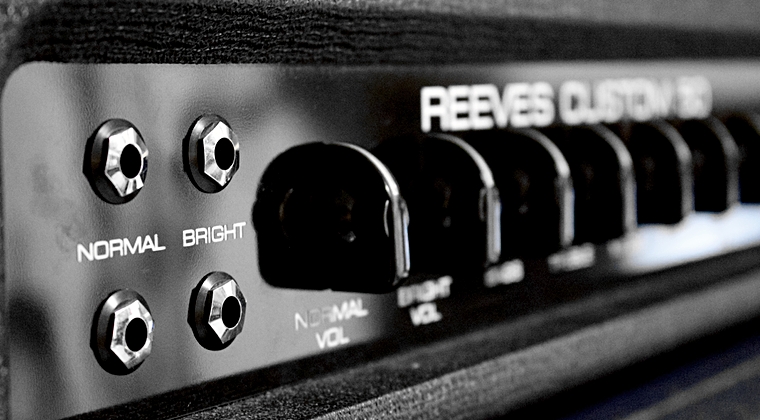Big thanks to guitartricks.com and Alex Brice for this excellent beginner’s guide to getting a great guitar tone.
Here I’ve put together the basic essentials of Guitar tone, before we get to FX loops, rack mounts, changing your own valves. There’s no point diving into any of that stuff unless you’ve already mastered these essentials below, which break down into 3 subcategories – The Player, The Guitar and The Amp. Enjoy!
The Player
Plectrum (Pick) – You should have a moderately firm grip on your pick. Too tight, and you lose the ability to use it naturally, meaning your articulation and tone go out the window. Too loose though, and it’s going to fall out of your hand. Make sure you’re also using different picks for different styles, and having an amount of pick sticking out that feels comfortable, otherwise you’re always making adjustments as you go rather than playing naturally.
Technique – Points of technique like compromising on which finger to use, lazy or sloppy playing make for a less clean sound. One of the best things you can do for your tone, is to have a good hand position, with the ‘right’ finger in the middle of the fret. Then you’re giving the note every chance of coming out crystal clear. If you start right on technique as a beginner, you’ll be all set when the harder things come up down the line.
Listen – I mean this in two different ways. Firstly, listen to the recorded Guitar parts in your favorite songs (isolated if possible). We often remember Guitar sounds as more/less twangy, muted, reverb-laden than they actually are. What is actually going on? What pickup might the Guitarist be using? Secondly, record yourself playing and listen back to it, to assess your tone objectively and make any necessary improvements.
The Guitar
Pickups – This means practicing and understanding what happens with your pickup selector in any of its possible positions. Yes, this gives you a certain sound, but what else about your sound does it change? Maybe you love the power of the bridge pickup but it’s just too much treble? In which case, turn the tone knob down a bit. This is about using the parts of the guitar to counteract each other and create balance in your tone.
Volume and Tone knobs – These don’t have to all automatically be on 10 as standard! Have a look at a rundown of your favorite Guitarist’s settings if they’re out there and experiment yourself with rolling off a bit of volume and tone.
Strings – If you can, go up a string size. Moving up to the next gauge will fatten up you’re sound a great deal. Ideally, you should be playing the fattest strings on which you can manage all your repertoire and techniques.
The Amp
The Gain/Volume balance – When we start experimenting with amp settings, it’s easy to assume that Gain and Volume are basically the same thing. It makes sense, both of them make you louder if you turn them up. To put it simply, as the Gain is turned up, yes it gets louder, but it also increases how overdriven your sound is. The best idea is to create a balance between the Gain and Volume knobs. Set the volume somewhere neutral, to get a sound, then adjust the gain until you reach the level of drive needed, then adjust the volume to the desired overall level.
EQ – Try higher mids. Boosting your EQ can have a huge impact, filling out your sound and giving you a richer tone. It might not be right for every style you play, but turn the mids up on your basic clean sound right now!
Less FX – Use less built in FX than you think. Start with none whatsoever and then add your reverb, chorus or whatever it may be until you achieve the required sound, don’t just slap them on at random, Reverb at 5, chorus at 2. We’re naturally drawn to the sound of lots of Reverb, (that’s why we sing in the shower!) but there’s usually less on a recorded track than we tend to guess. Try to use it in touches to rounded up your tone, rather than simply creating an over the top, caricature sound.
These things above are the essentials. Get these basics right before you move on to advanced tone tips. If you still want to, that is – If you get all this stuff right, you’re already going to sound great.
Alex Brice writes for guitarticks.com, which offers guitar lessons for beginners.
